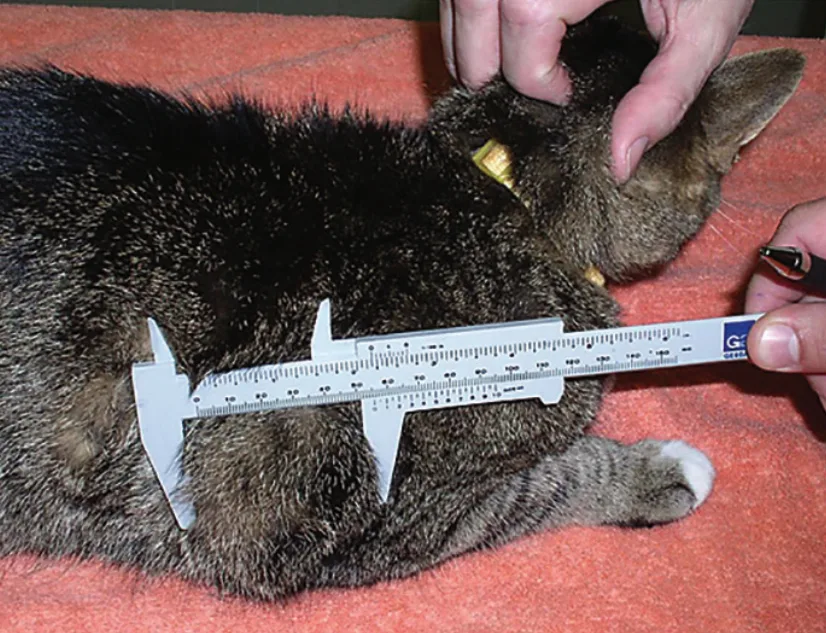
In the Literature
Frapwell E, Filipas MC, Alexander A. Assessing veterinary professionals’ ability to estimate length. Vet Rec. 2023;192(6):e2480. doi:10.1002/vetr.2480
The Research …
Clinicians commonly misestimate length, which can lead to incorrect endotracheal and feeding tube placement, incomplete surgical resection, pricing mistakes, and other errors. Distance between suture bites, gross margins in mass removals, length of lacerations, and selection of endotracheal tubes are commonly estimated in clinical practice.
In this study, 101 veterinary professionals (ie, clinicians, veterinary nurses, paraclinical staff) were asked to draw lines that varied in length from 3 mm to 100 mm and estimate the length of predrawn lines varying from 5 mm to 120 mm. Median absolute percentage error for drawn lines was 24.4%, with most lines underestimated in length. Median absolute percentage error for predrawn lines was 33.3%, with most lines overestimated in length. Errors in estimation were consistent among all study participants. The authors concluded that veterinary professionals in this study population could not reliably estimate length.
… The Takeaways
Key pearls to put into practice:
Tumor, laceration, endotracheal tube, and wound length are important in veterinary medicine. Inaccurate measurements can have clinical consequences.
Based on the results of this study, veterinary professionals cannot reliably estimate length.
A caliper or sterile ruler should be used for measuring length to maintain accuracy when possible.
You are reading 2-Minute Takeaways, a research summary resource presented by Clinician’s Brief. Clinician’s Brief does not conduct primary research.